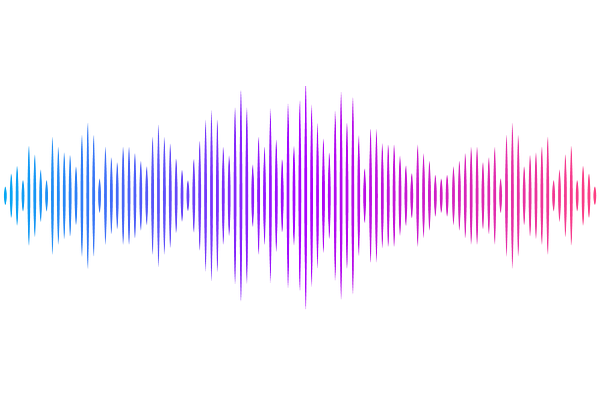Constraining the Origin of FRB 20121102A's Persistent Radio Source with Long-Term Radio Observations

Constraining the Origin of FRB 20121102A's Persistent Radio Source with Long-Term Radio Observations
Mohit Bhardwaj, Arvind Balasubramanian, Yasha Kaushal, Shriharsh P. Tendulkar
AbstractThe persistent radio source (PRS) associated with FRB 20121102A, the first precisely localized repeating fast radio burst (FRB), provides key constraints on both its local environment and the nature of the underlying FRB engine. We present a seven-year (2016-2023) temporal analysis of the PRS, combining new uGMRT observations with archival data across L-band frequencies. We find no statistically significant long-term trend in its L-band flux density. The observed variability is consistent with refractive interstellar scintillation, and the data do not require the PRS to be a source exhibiting strong intrinsic variability. This stability challenges models predicting rapid fading from evolving magnetized outflows, such as those powered by young magnetars or relativistic shocks. Our low-frequency observations show no evidence for spectral evolution between 1.4 GHz and 745 MHz, with a measured spectral index of $\alpha = -0.15 \pm 0.08$, in agreement with values reported from earlier observations in 2016-2017. The PRS remains compact, exhibits a flat radio spectrum, and-if powered by an intermediate-mass black hole accreting at a low Eddington ratio-its radio and X-ray properties are broadly consistent with the fundamental plane of radio-loud AGNs. While not conclusive, this scenario represents a viable alternative to magnetar wind nebula models and warrants further investigation. Furthermore, we find no statistically significant correlation between FRB burst activity and the luminosity of associated PRSs among repeating sources. This apparent decoupling challenges simple progenitor models that directly link bursts and persistent emission. Together, these results suggest that the FRB engine and PRS may in some systems originate from physically distinct sources, underscoring the need for flexible models to explain the diverse environments of repeating FRBs.